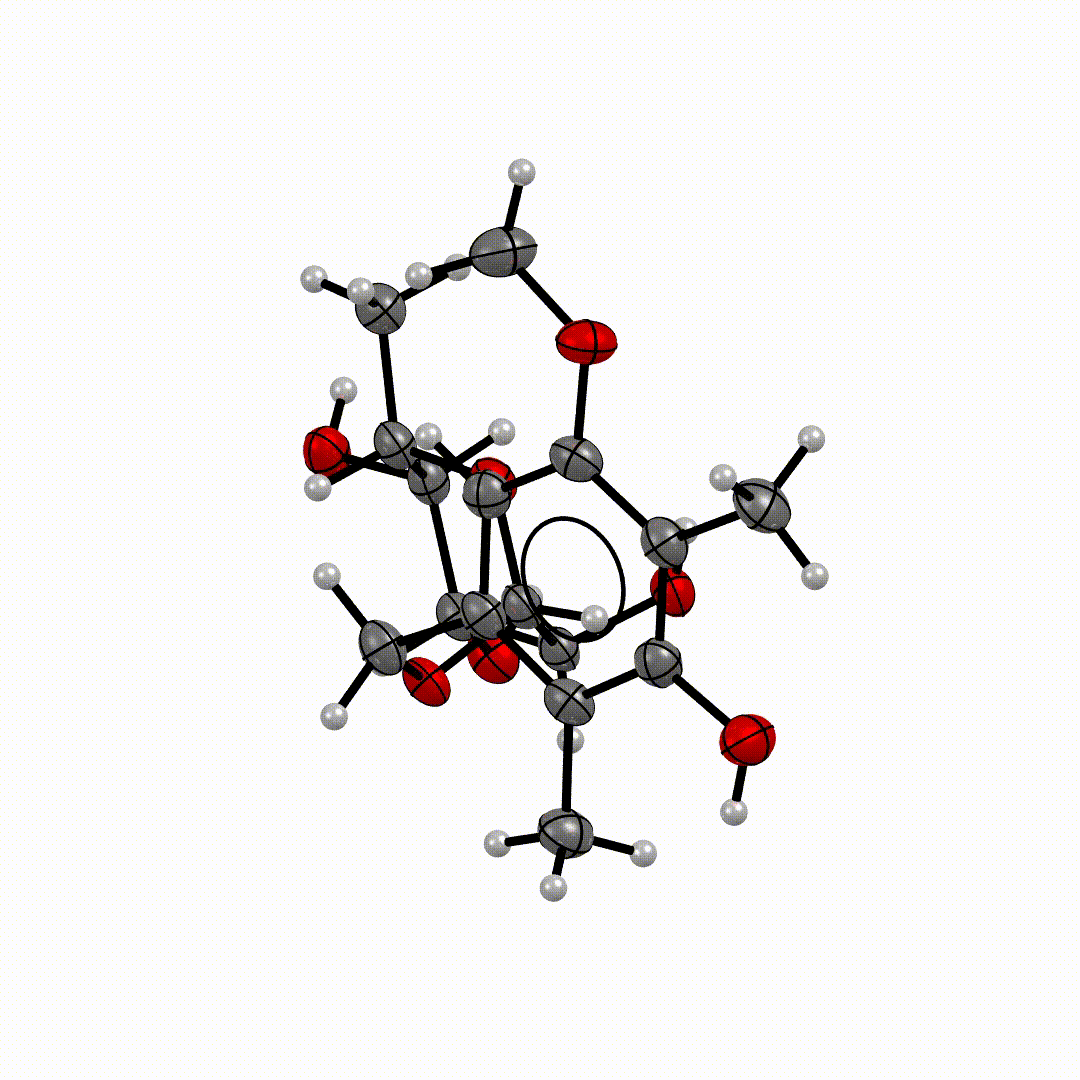MOFs and More. Highlights From the Latest CSD Data Update.
The Cambridge Structural Database (CSD) continues to grow as a cornerstone of structural chemistry, with the latest addition of 20,653 structures (22,256 new entries).
Now nearly 1.33 million structures, the CSD showcases exciting discoveries in organic chemistry, metal-organic complexes, and bioactive compounds. Below, we highlight a few molecules in this update.
What Is in This CSD Data Update?
Just over half (10,350) of these new structures are metal-organic structures that can be classified as coordination complexes and metal-organic frameworks (MOFs). Among them, the first example of cobalt(II) spin-state isomers that can be physically separated is reported at J. Am. Chem. Soc. by A. M. Wheaton et al. This discovery reveals how subtle coordination geometry and solvent polarity changes can control spin states.

In the fast-developing world of materials science, MOFs have long been celebrated for their tunable porosity, and potential to tackle global challenges like carbon capture and clean energy storage. A study introducing the concept of isoreticular cluster series named M3M6 pacs is reported in Angewandte Chemie International Edition by Pingyun Feng et al. These frameworks crafted from the co‐assembly of single‐deck M3 and double‐deck M3×2 trimers exhibit high surface areas and impressive gas uptake and selectivity.

Organic structures form the remaining half of this update, featuring 10,303 structures with applications spanning drug discovery, environment sustainability, and beyond. An example of the former is the discovery of Botryrhamnoside A that is reported in Fitoterapia by Juan Xiong et al. This compound is isolated from the endophytic fungus Botryosphaeria dothidea LE-07 and displays potent antibacterial activity against Escherichia coli.

With growing popularity of green chemistry, the development dihydroxy-based polar organic cages (DIHO-cages) is reported in Chemical Communications by Niveen M. Khashab et al. These cage molecules can selectively capture toluene with an impressive 99.5% purity from an equimolar toluene/pyridine mixture by leveraging multiple C–H⋯O and C–H⋯π interactions.

This update also contains a large collection of CSD Communications with 3360 structures which expands our community’s resources to a new level. CSD Entry FOWTIY is a potassium-competitive acid blocker (P-CAB), it can be used to treat for acid-related gastrointestinal diseases.

Updates are also provided for the Mogul and CSD-CrossMiner databases, ensuring pharmacophore searching and assessment of molecular conformation will benefit from the latest data.
How to Get the Update
All available software or data updates can be applied by using the CCDC maintenance tool in the installation and selecting the Check for Updates option. If you have any questions our support team will be more than happy help.
Next Steps
To discuss further and/or request a demo with one of our scientists please contact us via this form or .
Check out the Cambridge Structural Database (CSD) for yourself and see how your research can benefit from the combined knowledge of over 1.3M small-molecule organic and metal-organic crystal structure data.
Proprietary data? Our team can curate your proprietary data into a Cambridge Structural Database (CSD)-like database, accessible through a simple browser-based interface. This is all done within your firewall to comply with your data security requirements.
More information on CSD software trusted by academic and industrial institutions around the world.
See case studies of the CSD in action, driving forward the boundaries of scientific research.